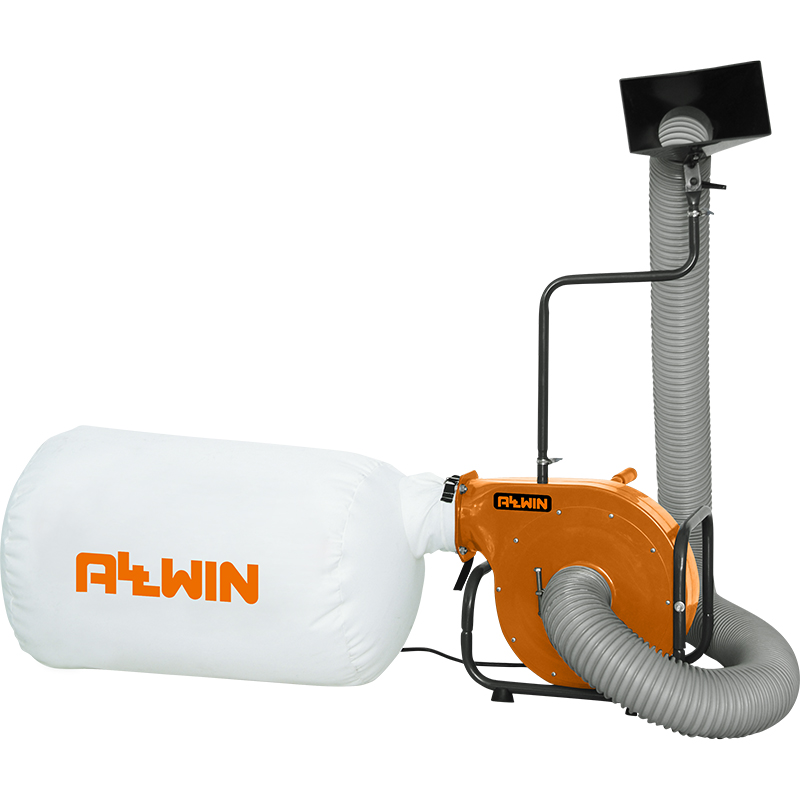To woodworkers, dust results from the glorious task of making something from pieces of wood. But allowing it to pile up on the floor and clog the air ultimately detracts from the enjoyment of building projects. That’s where dust collection saves the day.
A dust collector should suck most of the dust and wood chips away from machines such as table saws, thickness planers, band saws, drum sanders and then store that waste to be disposed of later. In addition, a collector filters the fine dust and returns clean air to the shop.
Dust collectors fit into either of two categories: single-stage or two-stage. Both types use a motor-powered impeller with vanes contained in a metal housing to create airflow. But these types of collectors differ in how they handle incoming dust-laden air.
Single-stage machines suck air through a hose or duct directly into the impeller chamber and then blow it into the separation/filtration chamber. As the dusty air loses velocity, the heavier particles settle in the collection bag. The finer particles rise to get trapped as the air passes through the filter media.
A two-stage collector works differently. The impeller sits on top of a cone-shaped separator, sucking the dusty air directly into that separator. As the air spirals inside the cone it slows, allowing most debris to settle into the collection bin. The finer dust travels up the center tube within the cone to the impeller and then into the adjacent filter. So, no debris other than fine dust ever reaches the impeller. Larger collectors have larger components (motor, impeller, separator, bin and filter) which translates into greater airflow, suction, and storage.
Please send message to us from the page of “contact us” or bottom of product page if you are interested in Allwin dust collectors.

Post time: Jan-30-2024
